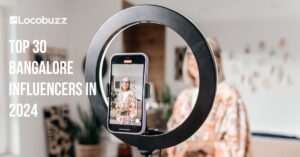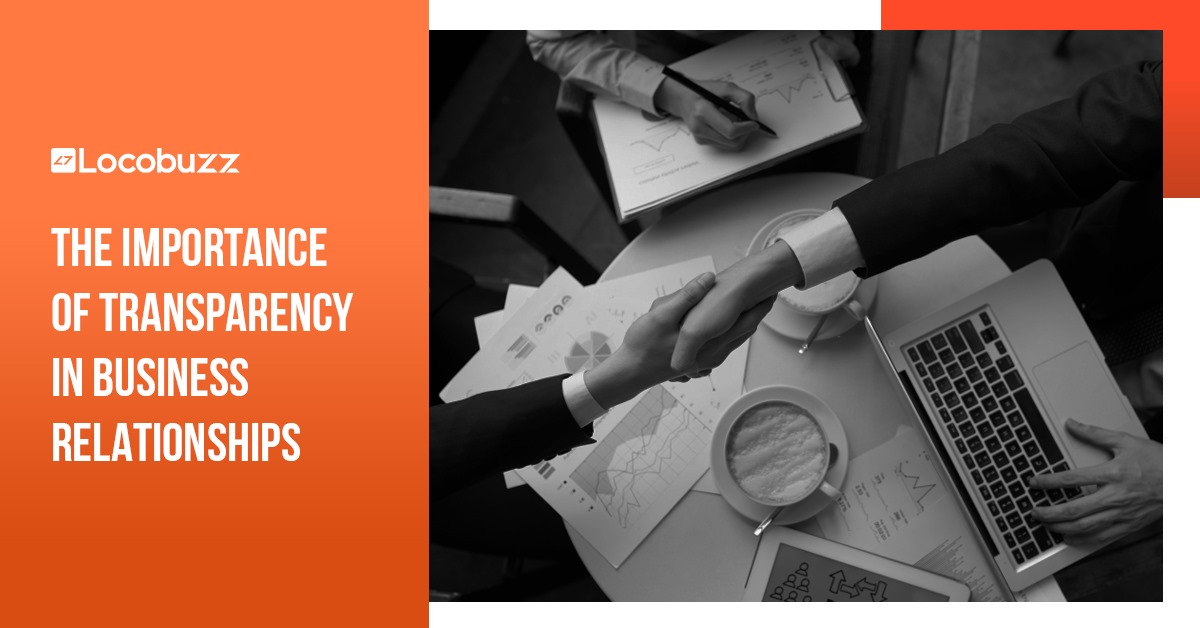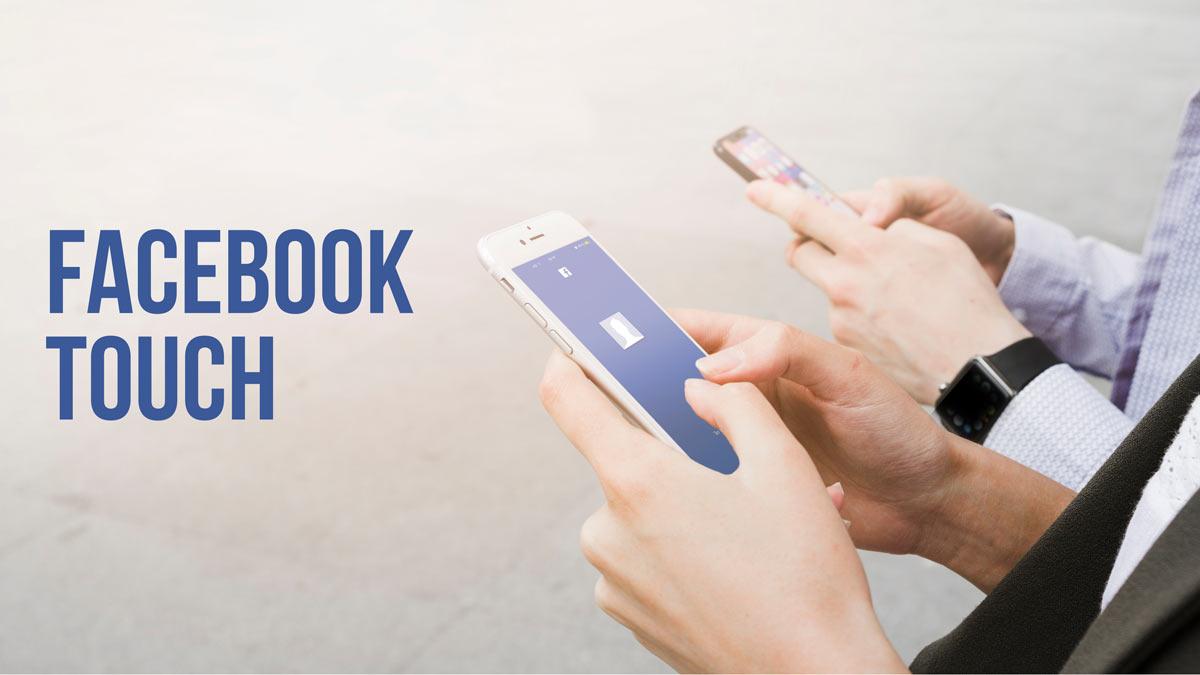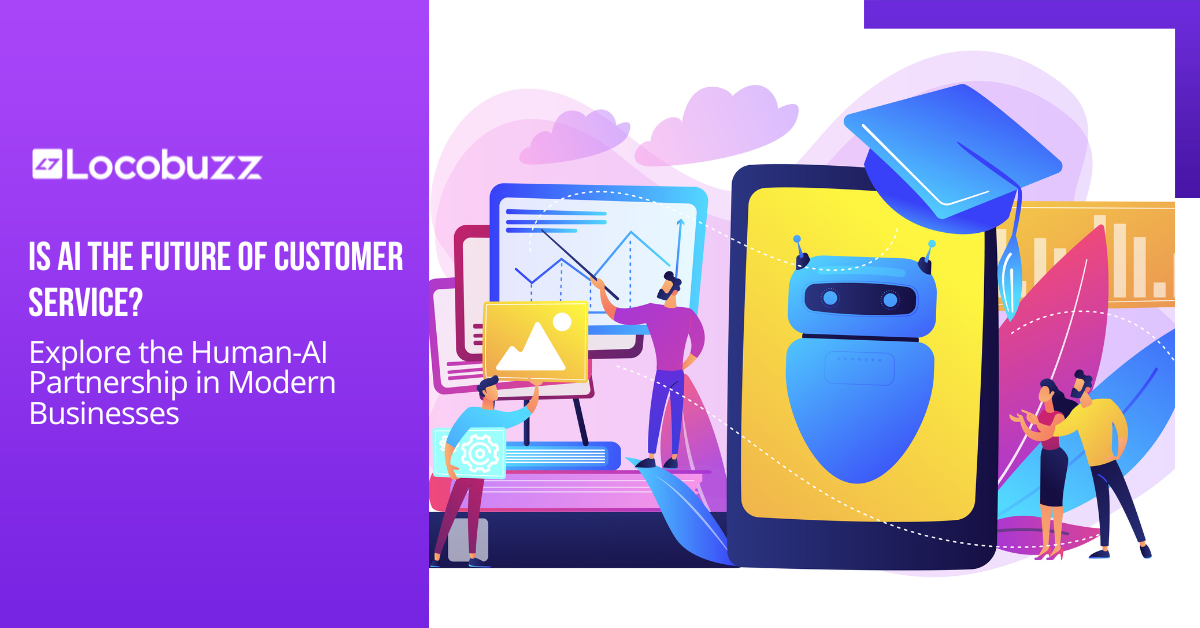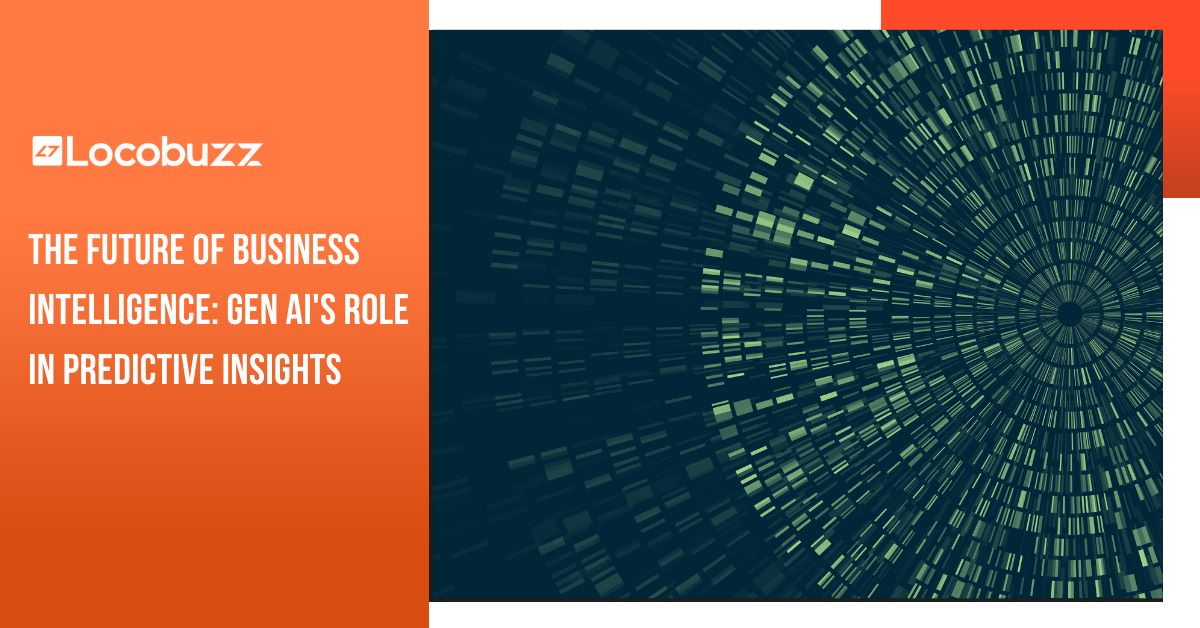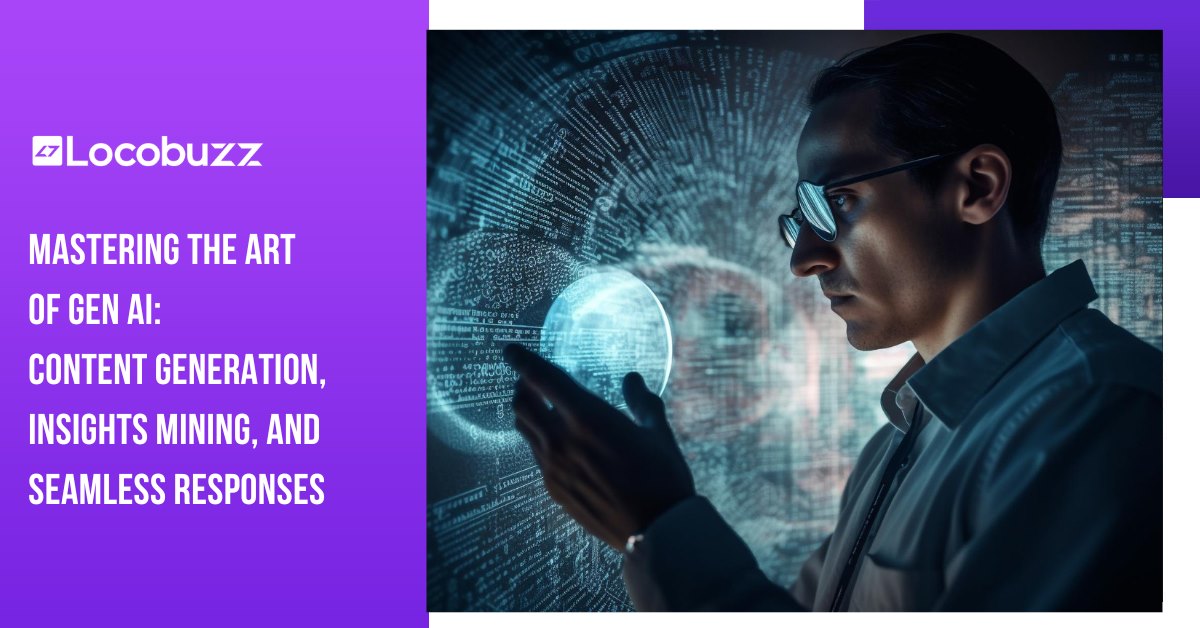How can Social Media tools be more inclusive towards sensory-impaired audiences?

Table of Contents
For most of us, social media is the ultimate playing field for all things entertainment, information, news, and networking. For most of us, navigating these kaleidoscopic platforms is a nifty skill we don’t have to think twice about. According to Statista.com, over 50% of the world’s population currently has a presence on social media, almost making it a parallel society to the one in which we physically live. Just the way communities of differently-abled people navigate their daily lives in inclusive ways, that possibility needs to be reflected in the virtual realm too.
The differently-abled community is much larger than what the average person may think. The WHO reported that an estimated 1.3 billion people experience some form of visual impairment, and almost half a billion are hearing impaired. These large numbers represent the massive population that may have a compromised digital experience if the media they consume does not cater to their disabilities. A hearing-impaired person will be left out of spoken videos, and the visually impaired will hear media without context. For both companies and customers, a lack of inclusivity in their content target group reflects quite negatively on the brand’s digital presence and reach.
So, how do you make your content accessible and inclusive? Social media platforms are vast and malleable, so your company can use techniques that help bridge the gap between content and its overall reception.
Be frugal with emojis
Emojis are a fun, colorful way to jazz up your post captions. However, to the visually impaired audience, who use screen readers or text-to-speech, these emojis are reduced to image descriptions the user listens to. Excessive use of emojis can hinder the experience of a user, who will likely consume your 🎄🎁🎇 caption by hearing “tree, present, firework.” Online stimulation can be rewarding, but digital charades do get tedious. What’s the solution?
- If you are using emojis, use them in limits and place them at the end of your caption so the important information is delivered first.
- Be color-sensitive! Skin tone is a description factor, so it helps to make sure your customizable emojis are also used moderately.
There are also sites like www.emojipedia.org that provide the assigned descriptions for all the emojis in the digital space, so your marketing team can use these resources, and shortlist which cute icons translate well on an inclusive post.
With inclusive consumable content, the potential for vast engagement and performance analysis skyrockets. Social media management tools can help you identify what the perception of your brand or your campaign is in real-time, and this can be an asset to enhance your Accessibility objectives. Try out Locobuzz’s Social Insights Analytics tool today!
Dabble in creative writing
An inbuilt tool in every social media platform is alt-text availability! Alternative texts are the hidden words behind an image that a screen reader describes to the user. Since most preset descriptions are quite basic, a simple reframing of a picture can make an impaired user feel included. The best part? It’s so simple. Here’s how to do it on Facebook:
- Select the image you wish to post
- Click on the ‘Edit’ pencil icon on the top left
- Click on ‘Alternative Text’’ on the drop-down menu
- Get writing! A brief but detailed description only takes seconds to come up with but has an immeasurable sentimental effect.
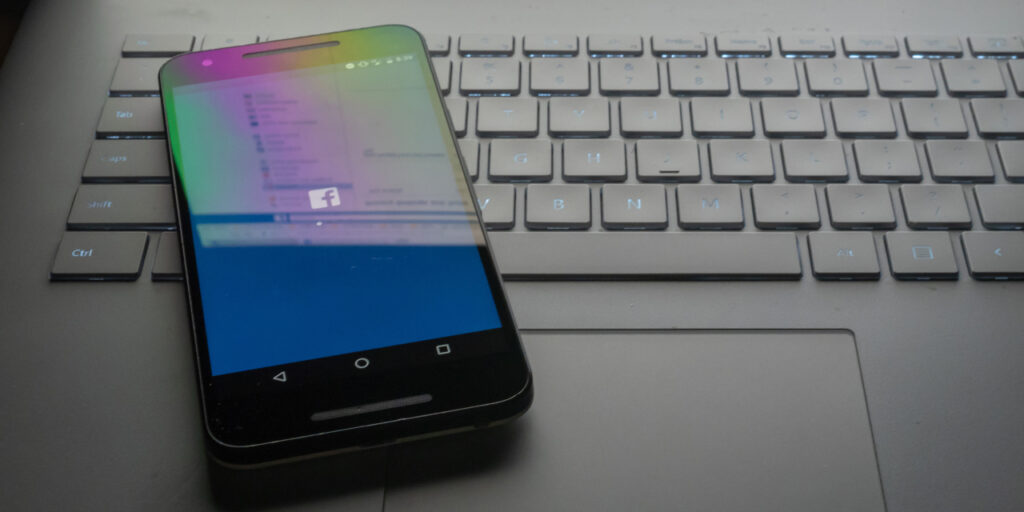
Instagram offers similar inclusion tools as well. The steps are quite brief:
- Select the image you wish to share
- Before posting, select the ‘Accessibility’ drop down option
- Craft a clear description of the gram-worthy picture.
Subtitles aren’t just for foreign movies
Nowadays, we see short videos as the rising engagement technique over almost every platform, from Tiktok to Instagram Reels and Facebook videos. As fulfilling as they may be to watch, closed captions are an essential part of making sure your hearing-impaired viewers don’t miss out on the content. Recently, on the more populated short-video zones like Instagram Reels, creators include a read-aloud of what the captions say as well. With one simple tool, visually-impaired users can listen to what the new trending video is all about, and hearing impaired users can read through the buzz!
Inclusivity is, fortunately, being prioritized more and more every day as Youtube and Vimeo have enabled in-built captioning technology for content creators. Spurred by the pandemic, video conferencing platforms like Zoom and Google Meet have also enabled automatic closed captions that pick up what’s being said as the speaker talks. On the executive front, automated captioning apps like Clipomatic are a promising addition to your marketing strategy rubric.

#HashTagHygiene
Hashtags are possibly the easiest, non-restrictive way of pushing forth a social media campaign. A catchy hashtag is an optimal asset to a content campaign, acting as a hub for targeted reach and engagement. A screen reader will read through any hashtag as it does regular words- differentiating between the uppercase and lowercase letters to correctly identify the word. A tag like #socialmediaskill may entice a conventionally-abled user, but to someone listening to their screen, this tag becomes incomprehensible. The trick is to ‘camel-case’ your hashtags – that is, capitalize the first letter of each word so the text-to-speech function doesn’t get confused. And that’s all! Congrats, you’ve just picked up on a #SocialMediaSkill.
Color can be an asset – or a restriction
Colorblindness is a struggle faced by people of all demographics. When curating posts, keeping a limited color palette in mind helps keep your content palatable for colorblind users. Red/Green blindness is the most common type, so avoiding these two shades in a palette is a considerate effort in inclusivity.
Patterns are a great alternative to fill in charts and graphs rather than opaque colors. Icons, arrows, and symbols streamline the content flow and reduce the role of bright coloring, and gives you the chance to create innovative visuals.
Fun fact: Mark Zuckerberg is red/green colorblind too, hence the signature muted blue shade of the Facebook logo!
Poetically, inclusion itself is now much more accessible for companies to take initiative in. Google Extension plug-ins and software like Color Oracle convert your content into a palette that stimulates a colorblind person’s perspective. An initiative like this can help your design team curate posts that every single engager can enjoy.

Immerse yourself in inclusion
Differently-abled people are a part of every single community and demographic worldwide. Like various minority groups in recent times, disability representation is highly demanded and decorated in every sector of interaction. Brands to employ influencers should recognize that there is no shortage of differently-abled talent, and can make an active effort in engaging with differently-abled influencers to empower their community and bring awareness of inclusivity.
Respect individual accomplishment
Representation of a minority group is an essential part of digital marketing and empowers both the community and the firm. Representation can be in the form of recruiting influencers with varied abilities, for example, however, you must make a conscious effort to stay away from ‘inspiration porn’. Differently-abled people are talented and skilled despite their disabilities, but this cause can easily be misdirected. When highlighting a differently-abled person’s pursuits, emphasis should be placed upon skill and expertise- avoid taking the guilt-trip angle of ‘if they can do it, so can you!’- the disabled community should not be used as a metric to push an agenda.
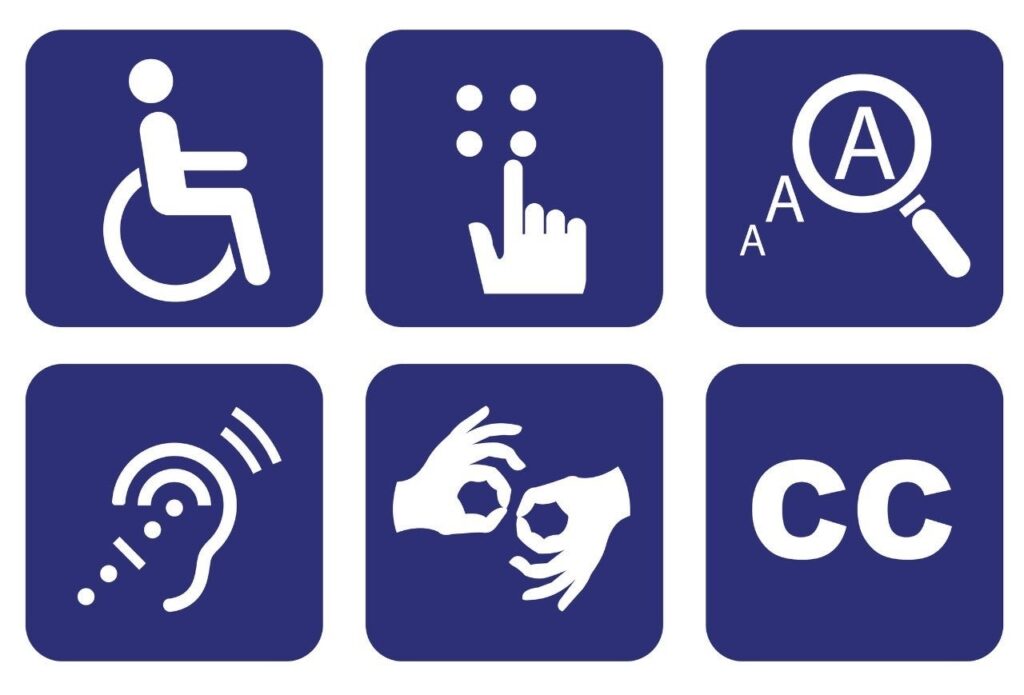
It’s refreshing to see minority groups and the evergreen community of differently-abled people demanding the space and access that they’ve had a right to as much as anyone else. In the tech space (along with many others), accessibility and inclusion are becoming a corporate requirement, and diminishing the scope for discrimination in a workplace. It’s wonderful to see!

